 1986 Audi 80 (B3, Typ 89,89Q,8A) Dimensions, Size & Specs
1986 Audi 80 (B3, Typ 89,89Q,8A) Dimensions, Size & SpecsMeasurements of the 1986 Audi 80, engineered for optimal performance and comfort
| Dimensions | |
|---|---|
| Length: | 4393 mm173.0 in14.4 ft |
| Width: | 1695 mm66.7 in5.6 ft |
| Height: | 1397 mm55.0 in4.6 ft |
| Trunk Capacity: | 375-485 liter13.2-17.1 cu ft |
| Weight Specifications | |
| Curb Weight: | 1020-1170 kg2249-2579 lbs |
| Maximal permitted Weight: | 1480-1630 kg3263-3594 lbs |
| Tire Specifications | |
| Rims Size: |
|
| Tire Size: |
|
The Audi 80 B3, also known as Typ 89 or 89Q, produced between 1986 and 1991, represents the third generation of the classic Audi 80 sedan lineup. This generation emphasized modern design and improved aerodynamics, which is reflected in its sleek profile and compact dimensions. The vehicle measures 4393 mm (173 inches) in length, 1695 mm (66.7 inches) in width, and stands 1397 mm (55 inches) tall, making it a well-proportioned mid-size sedan for its era. Curb weight varies between 1020 and 1170 kilograms (2249 - 2579 lbs), depending on the specific trim and equipment, with a maximum weight capacity ranging from 1480 to 1630 kilograms (3263 - 3595 lbs). This flexibility allows for a comfortable balance of performance and fuel efficiency. The luggage compartment offers between 375 and 485 liters (13.2 - 17.1 cubic feet) of space, providing ample room for daily use or longer trips. Audi equipped the B3 with 14-inch rims paired with 175/70 R14 tires, supporting good road handling and ride comfort. The Audi 80 B3 sedan remains a notable example of the late 1980s automotive design, combining practicality, durability, and classic Audi engineering. Its dimensions and weight class position it competitively among other mid-size sedans of its time, catering to drivers seeking a reliable and stylish vehicle in this segment.
Discover the standout features that make the 1986 Audi 80 a leader in its class
Have a question? Please check our knowledgebase first.
The Audi 80 B3 (Typ 89, 89Q, 8A) sedan from 1986 to 1991 has a length of 4393 mm (172.9 inches), a width of 1695 mm (66.7 inches), and a height of 1397 mm (55.0 inches). These dimensions reflect its compact executive sedan status and contribute to a balanced combination of interior space and maneuverability.
The curb weight of the Audi 80 B3 ranges from approximately 1020 kg to 1170 kg (2249 to 2579 pounds), depending on the trim and options. The maximum permissible weight varies between 1480 kg and 1630 kg (3262 to 3595 pounds). This range allows for variations in engine type, additional equipment, and passenger or cargo load capacity.
The luggage capacity in the Audi 80 B3 varies, offering between 375 liters and 485 liters (approximately 13.3 to 17.1 cubic feet). This capacity range provides sufficient space for everyday use, weekend trips, or moderate cargo loads, typical of compact executive sedans of its era.
The factory standard rim size for the Audi 80 B3 is 14 inches in diameter. The typical tire size specified is 175/70 R14. This tire configuration balances ride comfort, handling precision, and fuel efficiency, fitting the sedan’s characteristic focus on comfortable yet dynamic driving.
Yes, the Audi 80 B3 fits comfortably into a standard garage. With a length of 4393 mm (172.9 inches), width of 1695 mm (66.7 inches), and height of 1397 mm (55.0 inches), its dimensions are well within typical garage space standards, allowing easy entry, parking, and sufficient clearance around the car.
Compared to its predecessor, the Audi 80 B2, the B3 generation is slightly larger in several dimensions but generally stays within the same compact executive class. The B3's length of 4393 mm vs. the B2's approximately 4360 mm shows a modest increase. Width and height are relatively similar but improved interior ergonomics and design made the B3 feel more spacious and modern, with better aerodynamics and a more rigid body.
The Audi 80 B3's dimensions place it squarely within the compact executive segment of the late 1980s. For example, the BMW 3 Series E30 (1982–1994) and Mercedes-Benz 190E (W201) had similar lengths around 4400 mm (173 inches) and widths close to 1700 mm (67 inches). The Audi 80 B3 offered competitive width and height with adequate interior space, while maintaining a lighter curb weight that positively influenced fuel efficiency and handling.
Thanks to its smart packaging and dimensions, the Audi 80 B3 delivers a comfortable seating arrangement for passengers. With a relatively low height of 1397 mm (55.0 inches), the car offers a low center of gravity that enhances handling without compromising headroom substantially. The width of 1695 mm (66.7 inches) ensures reasonable shoulder room for four occupants, with a focus on ergonomic controls and driver comfort typical of Audi's engineering.
The curb weight of the Audi 80 B3, ranging from 1020 kg to 1170 kg (2249 to 2579 lbs), is quite light compared to many contemporaries, which positively impacts performance, handling, and fuel efficiency. Lighter weight contributes to agile handling dynamics, reduced braking distances, and overall improved acceleration response. Furthermore, lower vehicle weight helps reduce fuel consumption, making the Audi 80 B3 economical for its class during its production era.
The standard tire size for the Audi 80 B3 is 175/70 R14, mounted on 14-inch rims. This tire size provides a balance between ride comfort and handling precision. The relatively narrow width (175 mm) helps reduce rolling resistance, which supports fuel efficiency, while the 70% aspect ratio offers ample sidewall cushioning to absorb road irregularities and deliver a compliant ride quality. The 14-inch rim size fits well with the car’s compact design, maintaining responsive steering and stable cornering.
Discover similar sized cars.

| Production: | 1990-1997 |
|---|---|
| Model Year: | 1990 |
| Length: | 4400-4430 mm173.2-174.4 in |
| Width: | 1700-1715 mm66.9-67.5 in |
| Height: | 1390-1410 mm54.7-55.5 in |
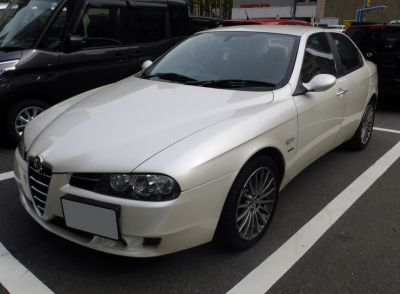
| Production: | 2003-2006 |
|---|---|
| Model Year: | 2003 |
| Length: | 4435 mm174.6 in |
| Width: | 1745 mm68.7 in |
| Height: | 1430 mm56.3 in |
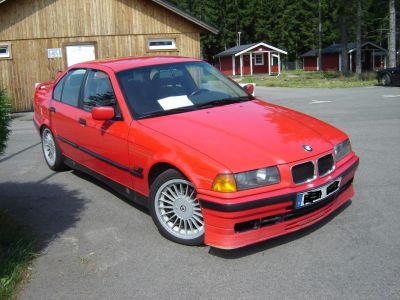
| Production: | 1992-1993 |
|---|---|
| Model Year: | 1992 |
| Length: | 4325 mm170.3 in |
| Width: | 1645 mm64.8 in |
| Height: | 1370 mm53.9 in |
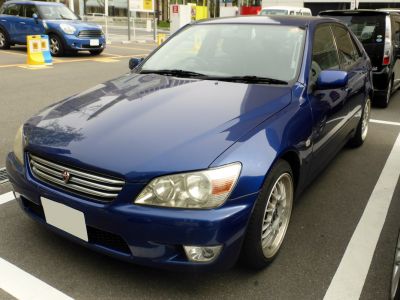
| Production: | 1998-2005 |
|---|---|
| Model Year: | 1998 |
| Length: | 4400 mm173.2 in |
| Width: | 1720 mm67.7 in |
| Height: | 1410 mm55.5 in |
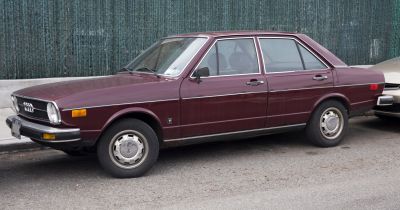
| Production: | 1973-1979 |
|---|---|
| Model Year: | 1973 |
| Length: | 4369 mm172.0 in |
| Width: | 1643 mm64.7 in |
| Height: | 1361 mm53.6 in |
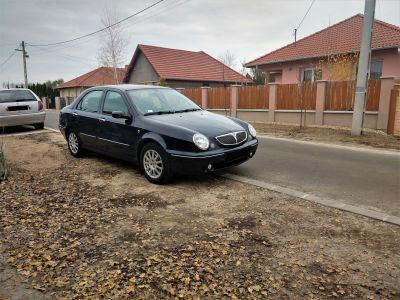
| Production: | 1999-2005 |
|---|---|
| Model Year: | 1999 |
| Length: | 4466 mm175.8 in |
| Width: | 1743 mm68.6 in |
| Height: | 1462 mm57.6 in |
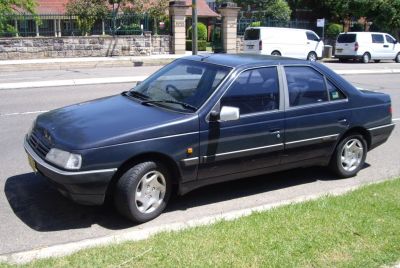
| Production: | 1992-1996 |
|---|---|
| Model Year: | 1992 |
| Length: | 4408 mm173.5 in |
| Width: | 1694-1714 mm66.7-67.5 in |
| Height: | 1390-1406 mm54.7-55.4 in |
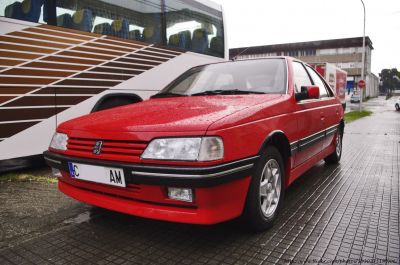
| Production: | 1987-1994 |
|---|---|
| Model Year: | 1987 |
| Length: | 4408 mm173.5 in |
| Width: | 1714 mm67.5 in |
| Height: | 1406 mm55.4 in |
